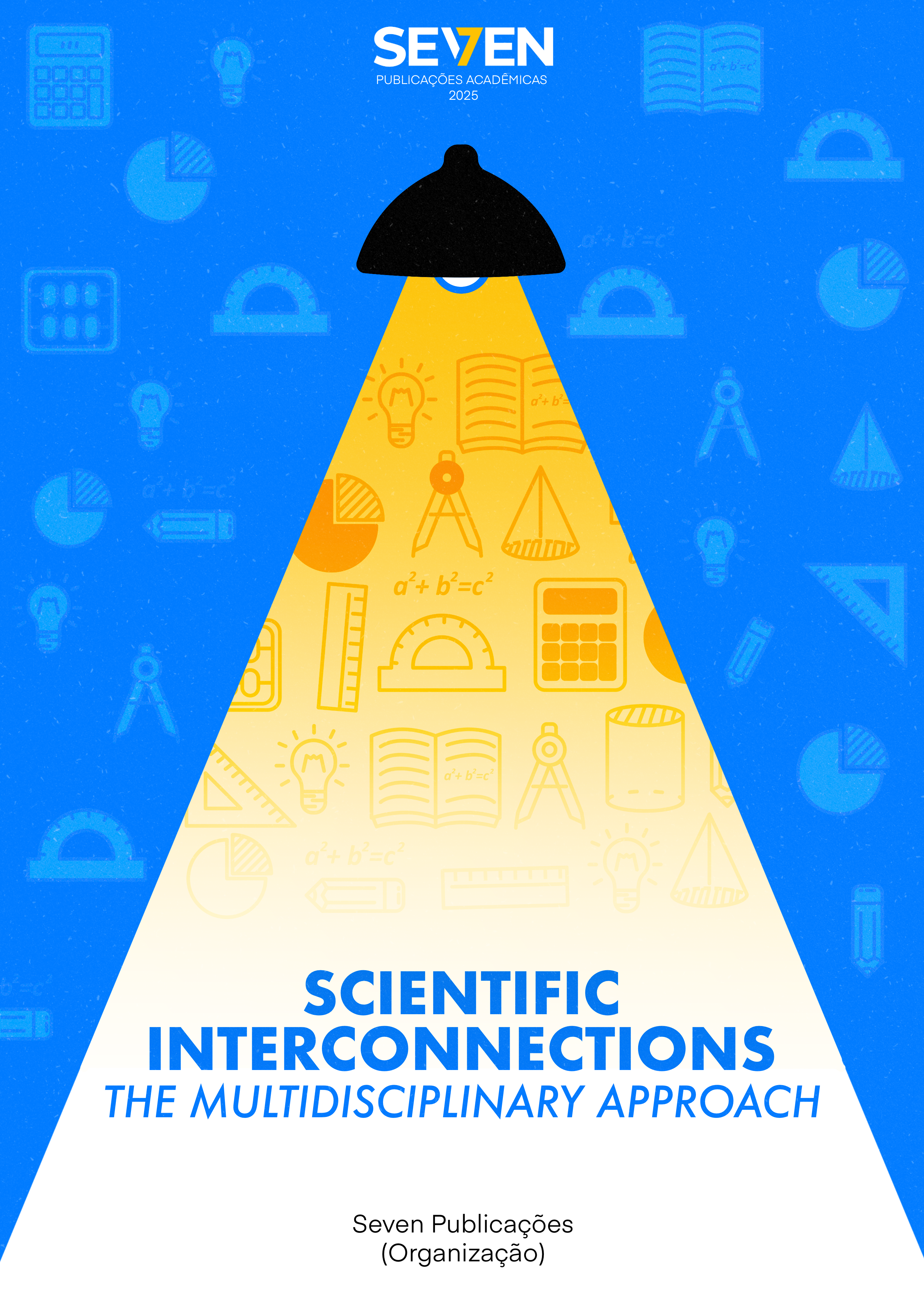SOCIAL INEQUALITY AND RACIAL INEQUALITY FOR THE PRACTICE OF ANTI-RACIST EDUCATION
Keywords:
Antiracist Education, Structural Racism, SchoolAbstract
This study aims to highlight the need to discuss Antiracist Education (EE), essentially, the historical process and the schools' silence regarding the dynamics of perpetuating or overcoming racism. The study's general objective is to analyze the difficulties and possibilities faced by teachers in implementing Antiracist Education. The specific objectives are: to reflect on EE; to identify cultural difficulties in relation to structural racism; and to understand the limits and possibilities of addressing the issue. The defined objectives will enable us to answer the question: What are the difficulties and possibilities for pedagogical practice from an antiracist perspective? The method used is exploratory and descriptive research through a bibliographic process of authors and publications that emphasize the topic. The bibliographic searches were conducted between May and August 2024, using academic directories in the Web of Science databases of the Institute for Scientific Information (ISI), SciELO, and Google Scholar, using the time period 2000 to 2024. Texts whose focus did not align with the descriptors and the research context were disregarded. The discussion surrounding an Antiracist Educational Model has been gaining momentum in recent years. However, it is necessary to provide a historical overview of the topic of Ethnic-Racial Relations Education (ERER) in schools. Antiracist Education must be understood as a duty and policy of the State, requiring institutional commitments, and those of society as a whole. It is not enough to say no to prejudice; it is necessary to fight for free, high-quality, inclusive, and antiracist public education.
Downloads
Published
Issue
Section
License
Copyright (c) 2025 Gicele Santos da Silva

This work is licensed under a Creative Commons Attribution-NonCommercial 4.0 International License.





